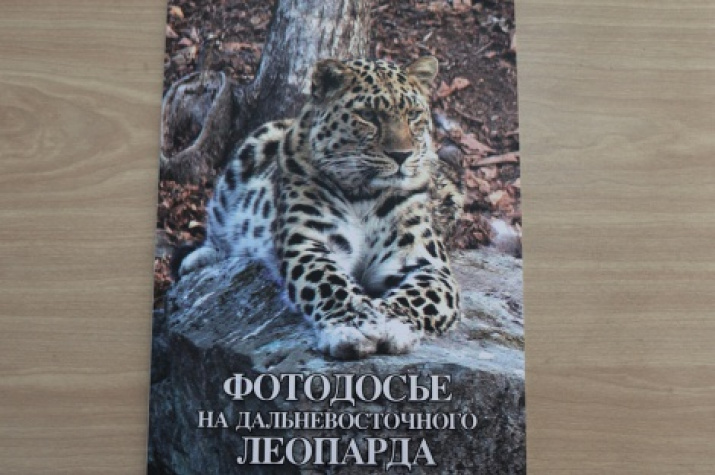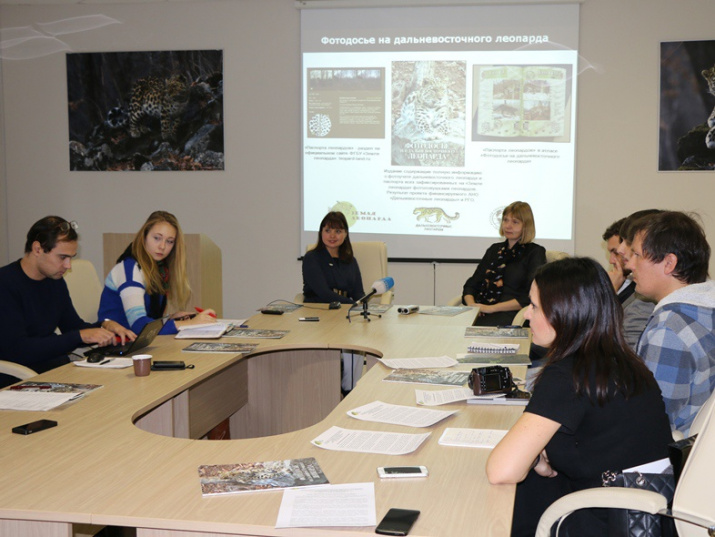Presentation of a unique atlas called "Photo dossier on the Amur leopard" was held on Wednesday in the Land of the Leopard office in Vladivostok. Thanks to this edition everyone now can get to know the spotted inhabitants of the national park by sight.
The Atlas is the result of a joint project of the Land of the Leopard National Park, ANO “Eurasian center of study, saving and renewal of population of leopards” and the Russian Geographical Society. Within its framework, in 2013-2014, together with non-governmental organizations WWF, WCS and the Institute for Sustainable Development about 300 camera traps were installed, allowing to have photo and video surveillance over about 90% of the habitats of the world’s rarest wild cat - the Amur leopard.
In 2 years after the installment of camera traps thousands of images of Amur leopards were received. Thanks to a special program researchers of the National Park managed to identify each individual and set the approximate number of rare cats in Land of the Leopard. To share the results of this work and "introduce" these unique animals to the public "Photo dossier on the Amur leopard " was created.
"The release of this atlas is very important for our organization - said director of Land of the Leopard Tatiana Baranovska. - Besides the fact that it introduces personalized information about leopards, there are QR-codes on each page and you can watch the life of these cats. And all the data of the edition is of absolute certainty and may be used for scientific purposes."
When you scan a QR-code located under a "passport" of each leopard, you go to the Land of the Leopard website where a special section contains almost all the images of spotted cats made by photo-traps.
The first edition of "Photo dossier on the Amur leopard" was released with a circulation of 2,000 copies and already proved popular among nature lovers. In the future the edition is expected to be distributed for free in educational institutions, libraries, and environmental organizations.


